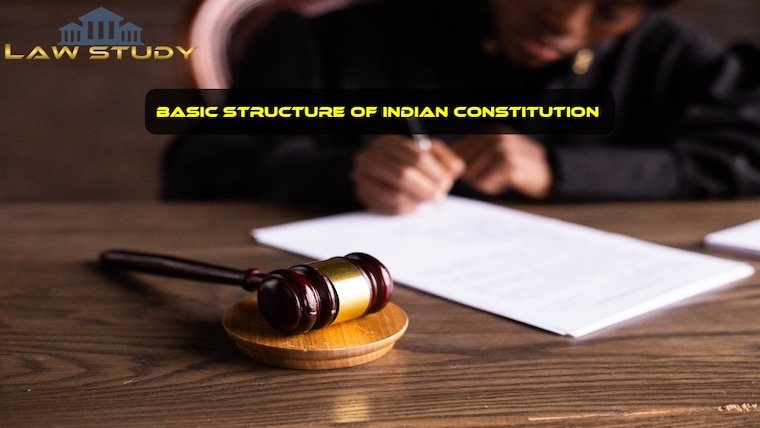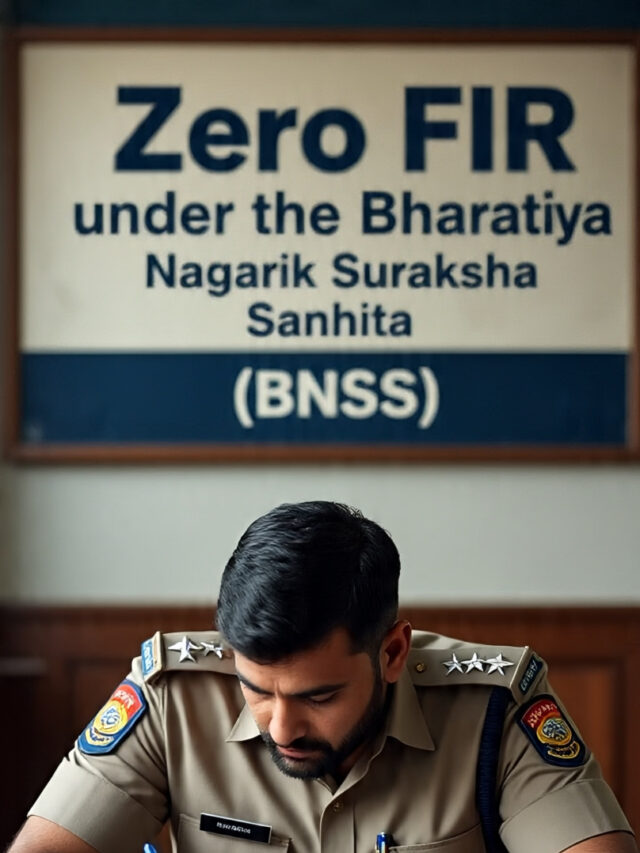The first challenge to laws meant to impact agrarian reforms, because they conflicted with fundamental rights, was made in Kameshwar Prasad Singh vs. the State of Bihar, which questioned the constitutional validity of the Bihar Land Reforms Act of 1950, which was enacted primarily to implement agrarian reforms. It was challenged and struck down as unconstitutional because it violated property rights (Article 19 (1) (f) and Article 31).
Basic Structure of Indian Constitution Case Laws
As a consequence of the conflicting opinions of the various High Courts on this point, the First Amendment, 1951, inserted Articles 31 A and 31 B that also clearly mentioned that laws providing for the acquisition of property will not be inconsistent with the constitution even if they conflict with Articles 14 & 19, so although Article 31 B introduced a new schedule, the 9th schedule, which exempts laws from potential challenge based on the dispute with fundamental rights.
Shankari Prasad V. Union of India
It was this First Amendment that was under challenge in this case.
Date Of Judgement: 5 October 1951
5 judge bench – Chief Justice Kania, Patanjali Shastri, Mukherjee, B.K., Das,
Sudhi Ranjan, Aiyar, N. Chandrasekhara
Held – Law under Article 13 (2) does not include amendment and the first amendment was held valid. As a result, the Supreme Court ruled in this case that amendments are exempt from the prerequisites of Article 13. (2). The Constitution (1st Amendment) Act, 1951, which inserted Articles 31A and 3lB into the Indian Constitution, is not null and void, nor is it unconstitutional.
Sajjan Singh vs. State of Rajasthan
Date of judgement 30 October
After the Shankari Prasad case through 17th Amendment no. of legislation (44 acts) was inserted in the Ninth Schedule to insulate them from a prospective challenge and denuding the courts from the power of judicial review.
Bench: 5 Judge bench Gajendragadkar (Cj), Wanchoo, Justice Hidayatullah, Justice Rghubar Dayal, Justice Mudholkar.
Dissenting view– Justice Hidaytulla and Mudholkar dissented from the majority view.
Issue – The validity of the Seventeenth Constitutional Amendment, 1964 was challenged.
Held – following the Shankari case held that amendment law is not subject to Article 13 (2) meaning thereby that amendment is not law within the meaning of Article 13 (2). And parliament can amend any part of the constitution including part III.
Golakh Nath and ORS. V. State of Punjab
Bench – 11 judges ( 6:5) 5
Justice Subba Rao, C Vaidialingam, G M Shelat, K Wanchoo, M Hidayatullah,
R Bachawat, S Sikri, V Bhargava, V Ramaswami
27th February 1967
Issue – To consider the correctness of the Shankari Prasad case and the 17th constitutional amendment (which was challenged) Justice Subba Rao constituted 11 judge bench ( j. Subba Rao has more than 45 dissenting judgments to his credit as a puisne judge but none when he was a chief justice).
Held – by a large majority, Parliament lacked the authority to amend fundamental rights. The Shankari Prasad case was overruled. It was the first time here that it was held that there is no difference between legislative power and constituent power. This means that the constitutional amendment was a law under Article 13 (2).
The doctrine laid down – prospective overruling and struck down the 1st, 4th, and 17th Amendments.
In a nutshell, the Effect of the Shankari Prasad case, the Sajjan Singh case, and the dissenting minority judgment in the Golak Nath case is that parliament can amend any provision of the Constitution in the exercise of constituent power
Aftermath of Golaknath – to nullify the Golak Nath case 24th amendment was passed changing the marginal note of article 368 and incorporating the power to amend the constitution.
To review Golak Nath Case 13 judge bench was constituted.
Keshavananda Bharti Sripadagalvaru v. State of Kerala
Bench 13 ( 7:6)
24th April 1973.
Justice Jagannathan Reddy JJ., Mukherjee, Hegde, Grover, Sikri, Shelat.
(majority opinion judges with Justice Khanna);
Chandrachud JJ., A.N. Ray, Dwivedi, Mathew, Palekar, and Beg . were of the
minority view.
Challenged the 24th -1971, 25th, 29 amendment.
24th amendment -to nullify the Golak Nath case, to add article 31 C providing that the law giving effect to DPSP will have the supremacy over fundamental rights 14, 19, and 31.
Held – Parliament has the power to modify any provision or part of the constitution, which would include fundamental rights(F.R.), as long as the basic structure remains in place. The Golak Nath case was overruled.
- Constitution’s supremacy;
- Democratic & Republican forms of govt;
- Secular nature of the Constitution;
- Separation/ division of powers between the executive, the legislature, & the judiciary; and
- Federal nature of the Constitution.
Indira Nehru Gandhi v. Raj Narain
5 Judge bench
Unsuccessfully contesting the elections against Indira Gandhi, Raj Narain challenged the election on the ground of corrupt practice, as she misused the government machinery in her elections, under section 123 in the case of Raj Narain v. State of Uttar Pradesh by Allahabad High Court declaring the election of her null and void Which was ultimately stayed conditionally by the vacation judge bench being presided by justice Krishna Iyer. ( conditional stay order was made on 24th of June 1975, and on 25 June 1975 emergency was declared).
The next date of hearing to consider a conditional stay in Raj Narain v. State of Uttar Pradesh was 11 August 1975, however 39th amendment (1975) inserted article 329 A, which took away the jurisdiction of the Supreme Court to consider the election of the president, PM, VP, Speaker of Lok sabha, altogether.
In the Indira Nehru Gandhi V. Raj Narain, it was the amendment that was under challenge.
It was the first case wherein Keshavananda Bharati was applied.
Struck down the 39th amendment.
Held free and fair elections constitute the part of basic structure.
Minerva Mills Case, 1980
31st July 1980
YV Chandrachud, Bhagwati, PN Gupta, Untwalia, PS Kailasham 42nd amendment inserting clauses 4 and 5 to article 368 was challenged taking away the power of judicial review of the court. Held to be unconstitutional. Judicial review is part of the basic structure.
Waman Rao Case, 1981
It provides the date of the judgment of Keshavananda Bharati as the date of demarcation saying that amendments added in the ninth schedule after 24 April 1973 are open to scrutiny and those inserted before that date will not be reopened to check the validity of those amendments.
Elements of Basic Structure
As the list of basic features is not exhaustive, more ado can be done in time to come. The Constitution is a living document, not a fossil which lays down an exhaustive list will be tantamount to making it static making it uncertain and maybe not suitable.
| Feature | Case |
|---|---|
| 1. Rule of law | Waman Rao |
| 2. Secularism and Federal nature of the constitution, Democracy ( justice Sawant and Kuldip Singh) | Bommai S.R. v. Union of India |
| 3. Judicial review power and Harmony and balance between fundamental rights and DPSP | Minerva mills case |
| 4. Article 32, 136.141 & 142 of the Constitution authorize S.C | Delhi Judicial Services Assn. vs. State Of Gujarat |
| 5. Separation of Power | State of Bihar v. Balmukund Sah |
| 6. Free, Unbiased & Periodic Election | Kihoto Hollohan v.Zachilhu |

























